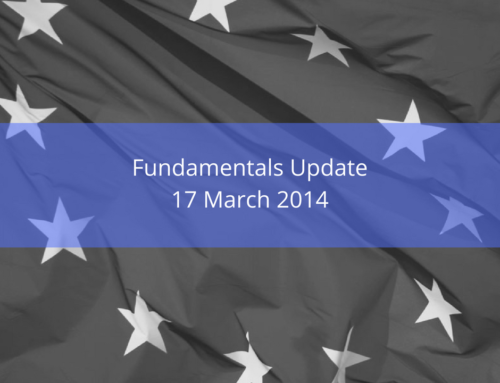EU Slow Recovery
Fundamentals Update as at 11 January 2014 by Lorenzo Beriozza
The ESI in the Euro zone rose in December by a further 1.6 points to 100.
This level corresponds to the long-term average. The rise was stronger than generally expected. Although sentiment indicators hardly allow conclusions to be drawn on the strength of growth at present, we interpret them as evidence that the economy in the Euro zone is slowly working its way out of the crisis. There are substantial regional differences however.
The ESI for the “hard” core countries led by Germany is meanwhile well above the long-term average, indicating healthy growth. It is also pleasing to see a significant economic recovery emerging in those countries that have subjected themselves to a rescue programme. They are now able to reap the first fruits of their reform efforts. This group of countries shows the sharpest rise of the ESI since mid 2012.
The new “problem children” are those countries that have refused far-reaching reforms so far (Italy, but also France) or are confronted with overheating on the property market (Netherlands, Finland). While the economy in these countries is also benefiting from low interest rates and lively global demand, it is likely to expand at a weaker rate than the economy in the euro area as a whole.
Source: Commerzbank


